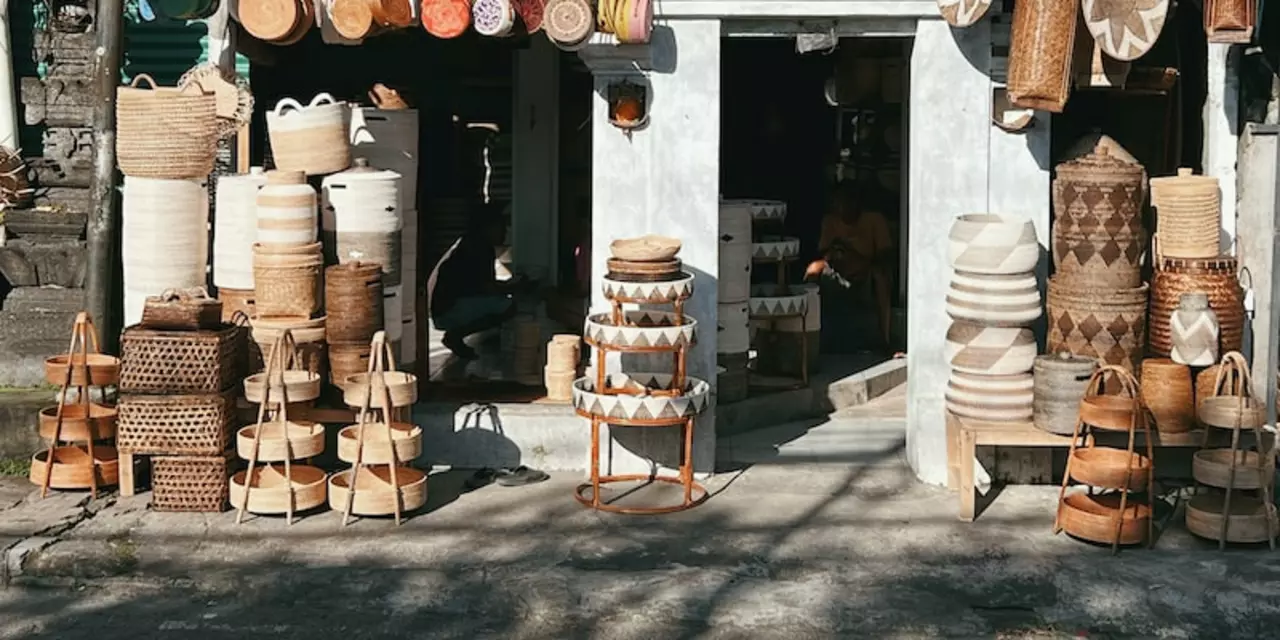Are traditional arts dying?

Examining the Effects of Technology on Traditional Arts
In recent years, technology has revolutionized the way people live and work. It has changed the way we communicate, access information, and even entertain ourselves. Technology has had an enormous impact on the arts, and many people are wondering if traditional arts are dying as a result.To understand the effects of technology on traditional arts, it is important to consider how technology has changed the way people create, share, and access art. With the advent of digital tools, artists are now able to create art in any medium or style. Digital tools have also made it easier for artists to share their work, as well as access the work of other artists.
At the same time, technology has also allowed people to access art from all over the world, in ways that would have been impossible in the past. This has had both positive and negative impacts on traditional arts. On one hand, technology has made it easier for people to appreciate and access art from different cultures and eras. On the other hand, it has also made it easier for people to become disconnected from their own culture and traditional arts.
Finally, technology has also changed the way people interact with art. With the rise of interactive media, people are now able to experience art in a more immersive way. This has had both positive and negative implications for traditional art. On one hand, it has allowed people to appreciate art in ways that were not previously possible. On the other hand, it has also led to a decrease in people’s appreciation for traditional art forms.
In conclusion, technology has had a profound effect on the traditional arts. While it has made it easier for people to access and appreciate art from around the world, it has also made it easier for people to become disconnected from their own culture and traditional arts. Furthermore, the rise of interactive media has allowed people to experience art in a more immersive way, but it has also led to a decrease in people’s appreciation for traditional art forms.
How to Preserve Traditional Arts in the Digital Age
The digital age has brought about a revolution in how we communicate and express ourselves. While many traditional forms of art have been lost to history, there are still ways to preserve and promote the art forms of the past. Here are a few ideas to help protect and promote traditional arts in the digital age:1. Create online archives: Many traditional art forms have not been documented in any meaningful way, making it hard to access or even appreciate them. By creating online archives of traditional art, we can make them more accessible to the public and help keep them alive.
2. Hold virtual workshops: Many traditional art forms require specific skills to practice and teach. By hosting virtual workshops, we can give people the opportunity to learn these skills and help preserve them.
3. Use social media: Social media is a powerful tool for connecting with people and spreading the word about traditional art forms. By creating accounts dedicated to traditional arts, we can help get the word out and keep them alive.
4. Reach out to experts: Traditional art forms often require specific knowledge and expertise. Reaching out to experts in the field can help us understand and appreciate these art forms better.
5. Support local organizations: Organizations dedicated to preserving and promoting traditional arts often need financial support. By donating to these organizations, we can help them continue their important work.
With these ideas, we can help keep traditional arts alive in the digital age. By taking action and showing support, we can help preserve these beautiful art forms for generations to come.
Exploring the Revival of Traditional Arts in the Modern World
In recent years, there has been a growing interest in traditional art forms that were once thought to be dying out. People are beginning to recognize the importance of these forms in preserving culture and passing on knowledge to future generations. As more people become aware of these forms of art, there has been a resurgence of interest in them.This has led to a revival of traditional art forms in many parts of the world. There are now organizations dedicated to keeping traditional arts alive, and some of these are actively working to teach and promote the practice of these forms.
Moreover, modern technology has also played a role in the revival of traditional arts. Social media platforms, such as Instagram and Twitter, have allowed artists to share their work with a wider audience. This has allowed people to connect with and learn about traditional art forms from all over the world.
In addition, digital tools and platforms are now being used to teach and promote traditional art forms. Online courses and tutorials are available that can help anyone learn the basics of traditional art forms. This can help people gain a deeper understanding of the art form and what it represents.
Overall, the revival of traditional arts in the modern world is an encouraging sign of the continued vitality and importance of these forms. By connecting with and learning about these art forms, we can ensure that they remain alive and relevant to future generations.